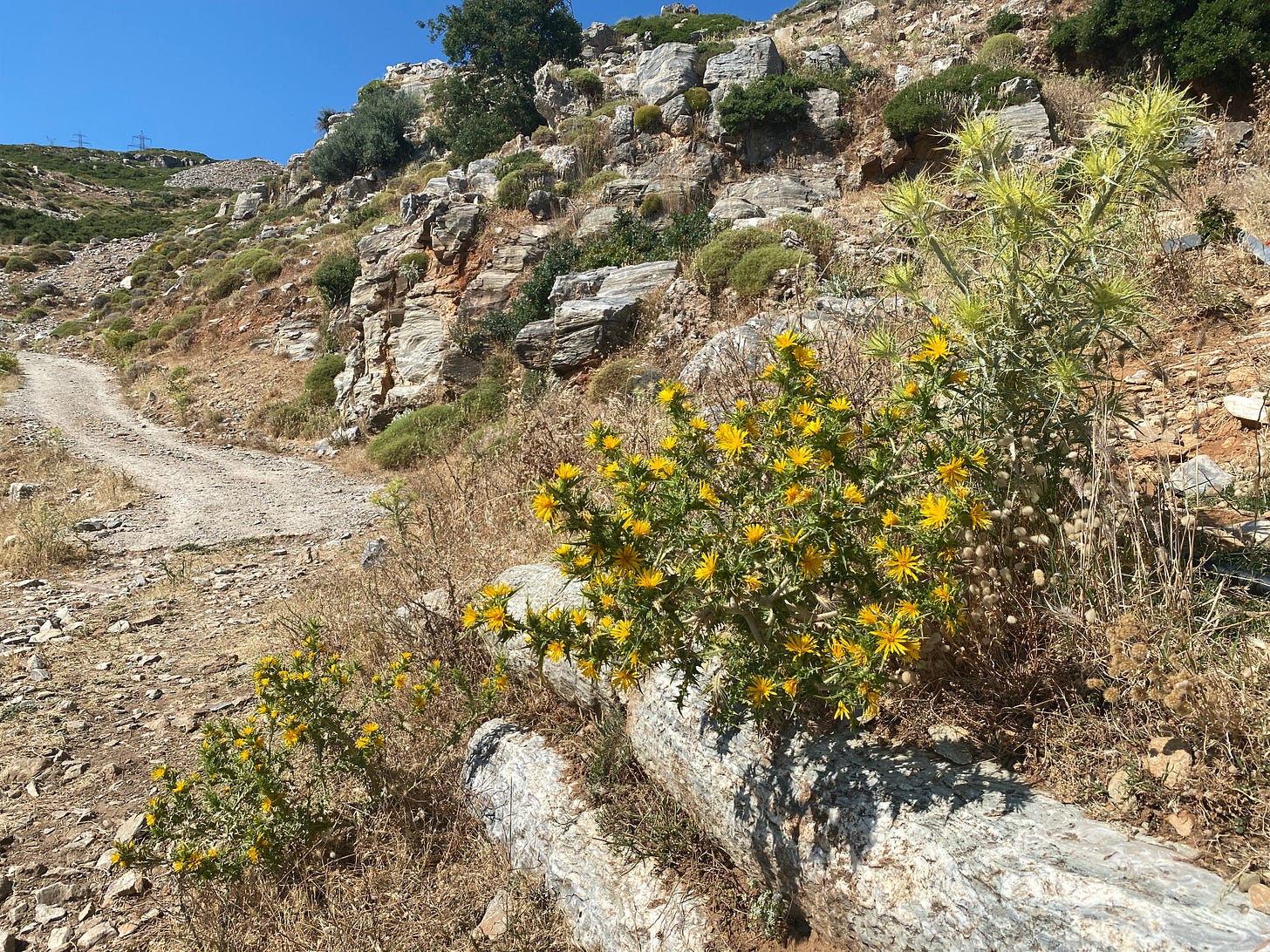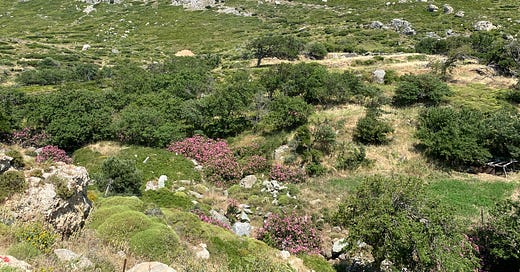It now remains for us to speak of stones, or, in other words, the leading folly of the day; to say nothing at all of our taste for gems and amber, crystal and murrhine vases.
Pliny leaves little doubt that he disapproves of this enthusiasm for imported stones:
Nature has made [the mountains] for herself, as a kind of bulwark for keeping together the bowels of the earth; as also for the purpose of curbing the violence of the rivers, of breaking the waves of the sea, and so, by opposing to them the very hardest of her materials, putting a check upon those elements which are never at rest. And yet we must hew down these mountains, forsooth, and carry them off; and this, for no other reason than to gratify our luxurious inclinations: heights which in former days it was reckoned a miracle even to have crossed!
Pliny goes on to tell us of Marcus Aemilius Scaurus the Younger, who was aedile in 58 BCE when he was responsible for what Pliny calls a “first essay in vice”. Scaurus is described as having imported three hundred and sixty columns, the largest of which were of Lucullan marble and thirty-eight feet tall for the decoration of a temporary public theatre “destined to be in use for barely a month.” I always think we can almost hear Pliny’s lips pursed in tart disapproval as we read these words. Lucullan is a word synonymous with extravagance, and refers to the general Lucius Licinius Lucullus who had returned from military campaigns in Armenia and Anatolia with unimaginable quantities of captured loot and vast numbers of enslaved people.
Pliny’s disapproval, of course, mattered not a jot. As the last decades of the crumbling Republic transformed into the nascent Empire on the cusp of our Common Era, such “essays in vice” multiplied dramatically. A year after Pliny’s death in the cataclysmic eruption of Mount Vesuvius which swallowed up the towns of Pompeii and Herculaneum and the luxury villas of Stabiae, a vast new amphitheatre was inaugurated in Rome with a hundred consecutive days of games described by Martial. Lions and tigers and bears (oh, my!) were among the exotic animals imported from the far reaches of Empire, an advertisement of Imperial might which had triumphed even over what must have seemed to be mythological creatures.
If those animals served as an advertisement of the extent of the “Empire without end” of Virgil’s imagining, we can consider the coloured stones imported to Rome to decorated temples, palaces, and bath complexes as a sort of geological map of Empire.

Karystian marble is often referred to a “cipollino” for its swirls, evocative of the layers of an onion, and in June of 2021 I dragged some charmingly willing pals up a hill peopled only by goats to find the quarries at the southern tip of the Greek island of Evia (ancient Euboea).

Quarried on Mount Ochi, near Karystos at the south of the island of Evia, columns were ferried down to the coast, loaded onto sea-going ships, and taken to Ostia (without sinking). From the seaport of Ostia they made their way up the Tiber to be offloaded and erected, for example, at the Temple of Antoninus and Faustina in the Forum. And there they still stand today: a mind-boggling testament to ingenuity and Roman bling. Though one can’t help but wonder how many people were squashed along the way.








Thank you, Agnes this really made my day!
Well this is proprio sulla mia strada. I've sat mesmerised, for much longer than necessary, in that little room upstairs in the Palatine Museum and now own my own copy of The Sourcebook of Decorative Stone. Wisely, friends now conceal any renovation plans.